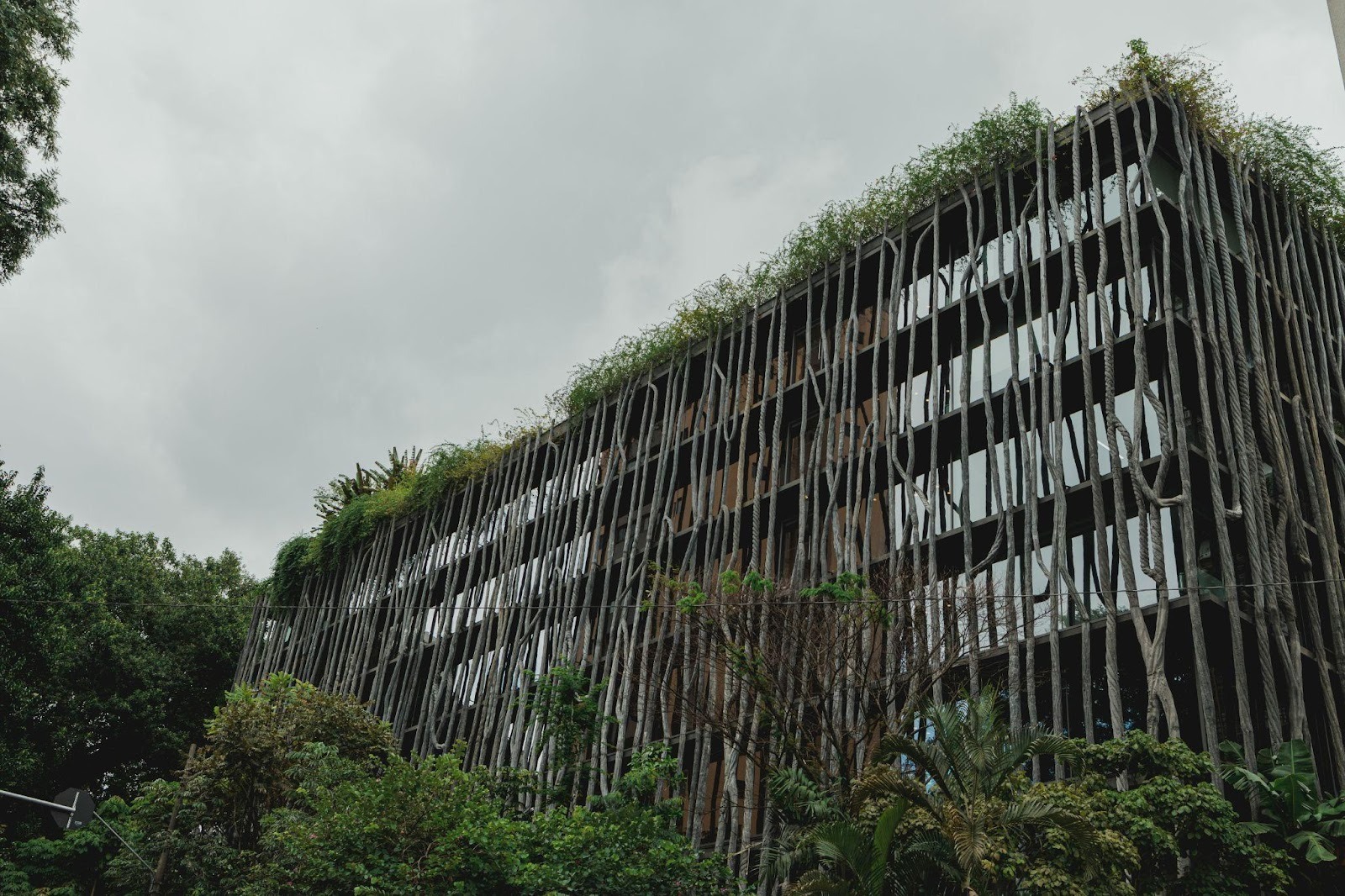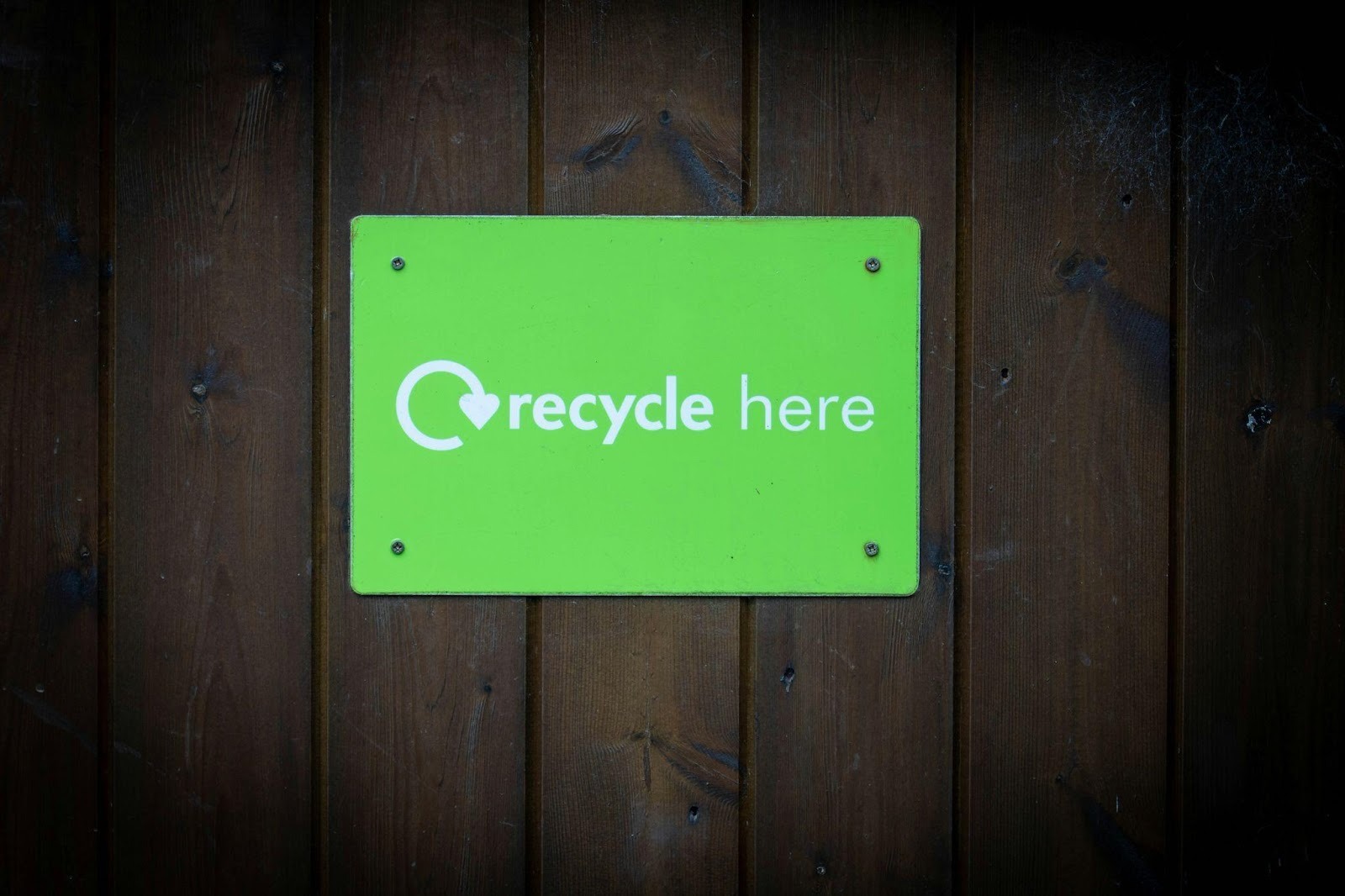Photo by Richard Bell on Unsplash
There’s a quiet evolution reshaping homes across the country. It isn’t a flashy new design trend, though there are those. It’s a more subtle shift toward making houses not just beautiful, but resilient, efficient, sustainable. And at the heart of that shift are companies like ecoacaustin.com, whose work speaks to homeowners who care about reducing their footprint and increasing their home’s long-term viability.
Green renovations used to be a bit niche, maybe the concern of the especially eco-aware. In 2025, they’re moving into the mainstream. Homeowners aren’t just asking whether something “looks good” they’re asking how it functions tomorrow, how it performs under stress, how it holds up long term. They want homes that serve them today and still serve their children. This doesn’t mean every project is purely green; it means the mindset behind renovation is broader.
Efficiency and durability over short-term upgrades
One of the most noticeable changes is in how people think about investment. Rather than replacing a light fixture or painting one wall, many homeowners are considering how their homes perform: how much energy they waste, how well systems handle load, how materials age. For example, upgrading insulation, installing energy-efficient HVAC, choosing windows with better thermal performance aren’t sexy upgrades in the showroom sense, but they deliver real impact.
Why does this matter? Because home systems that run well cost less, last longer, create fewer surprises. A homeowner with well-insulated walls and high-efficiency HVAC looks at summer and winter less with dread. They look with confidence. And when maintenance is predictable and efficient, the home itself feels more sustainable.
Materials and health: connecting renovation with lifestyle
“Green” increasingly means more than energy efficiency. It includes materials that don’t off-gas, finishes that handle wear without replacing, flooring that uses fewer resources or retains value. Homeowners are becoming more aware that their indoor environment, the air they breathe, the chemicals they avoid, the durability of the finishes matters as much as the design.
This shift has real consequences for how renovation decisions get made. When you’re picking between two flooring options, one of which has better sustainability credentials and requires less replacement, which one do you choose? When you’re evaluating siding options, are you considering durability, maintenance, and how the product performs over decades rather than just immediate cost? The homes whose owners choose this lens often feel cleaner, firmer, more intentional.
Climate resilience and future-proofing
If the climate is changing more extreme weather, greater variation in seasons, heavier rainfall in some places, more intense sun in others then homes built or renovated today need to anticipate that. Homeowners are beginning to ask: Will this house hold up? Will the foundation drain? Can the roof survive increased hail? Are windows rated for higher wind loads? The word “green” now includes resilience.
That means upgrading roof coatings, choosing siding designed for weather fluctuation, installing HVAC systems with better tolerance and longer cycles. When renovation becomes about endurance rather than trend, the home starts to feel like a legacy asset rather than something to refresh each decade.
ROI: How green choices impact value and perception

Photo by Darwin Boaventura on Unsplash
One of the barriers for green renovation has always been cost. But as more homeowners take this path, the value side of the equation becomes clearer. A home that uses less energy, needs fewer fixes, and presents as well maintained becomes more attractive to the next buyer. When people aren’t imagining “What will I fix?” but instead “What will I enjoy?” they value differently.
Industry insights from home-improvement and real-estate platforms show that energy-efficient homes often sell faster, with fewer negotiations around repair items. Returns aren’t guaranteed, but when you combine style, performance and durability, you’re asking less from the future buyer and more from the present home. That calculation changes how homeowners prioritize projects.
Implementation: Where to start and how to proceed
If a homeowner is serious about green renovation, the first step isn’t necessarily the biggest. It’s the strategic: assessing existing systems, identifying where performance gaps are largest, prioritising upgrades that both matter now and matter later. Maybe that’s a high-quality roof covering that gives you 25 years rather than 10. Maybe it’s windows that cut heat loss significantly. Maybe it’s smart HVAC or solar.
What matters is that the renovation decisions are framed not only by aesthetics but by function. That means you ask: How long will this last? What does it cost to maintain? What happens when I sell? How will it perform in five years? When design questions incorporate those functional questions, the home becomes more than a showpiece; it becomes a thoughtful investment.
Behaviour shifts and culture around homeownership
What’s perhaps most interesting is how the culture around homes is shifting. Homeowners are less content with “just liveable.” They want homes that align with values: less waste, more durability, more respect for what’s already built. Renovation becomes a statement not only about taste but about intention. For example, choosing a siding product that uses recycled materials, or selecting a heating system that minimises emissions, or specifying paint with low VOC finishes these are decisions that reflect mindset.
When buyers walk through a home and notice that attention to detail, the doors that seal tightly, the insulation that’s modern, the materials that feel right they respond not only emotionally but practically. The home reads as “future forward” rather than “what’s been patched.”

